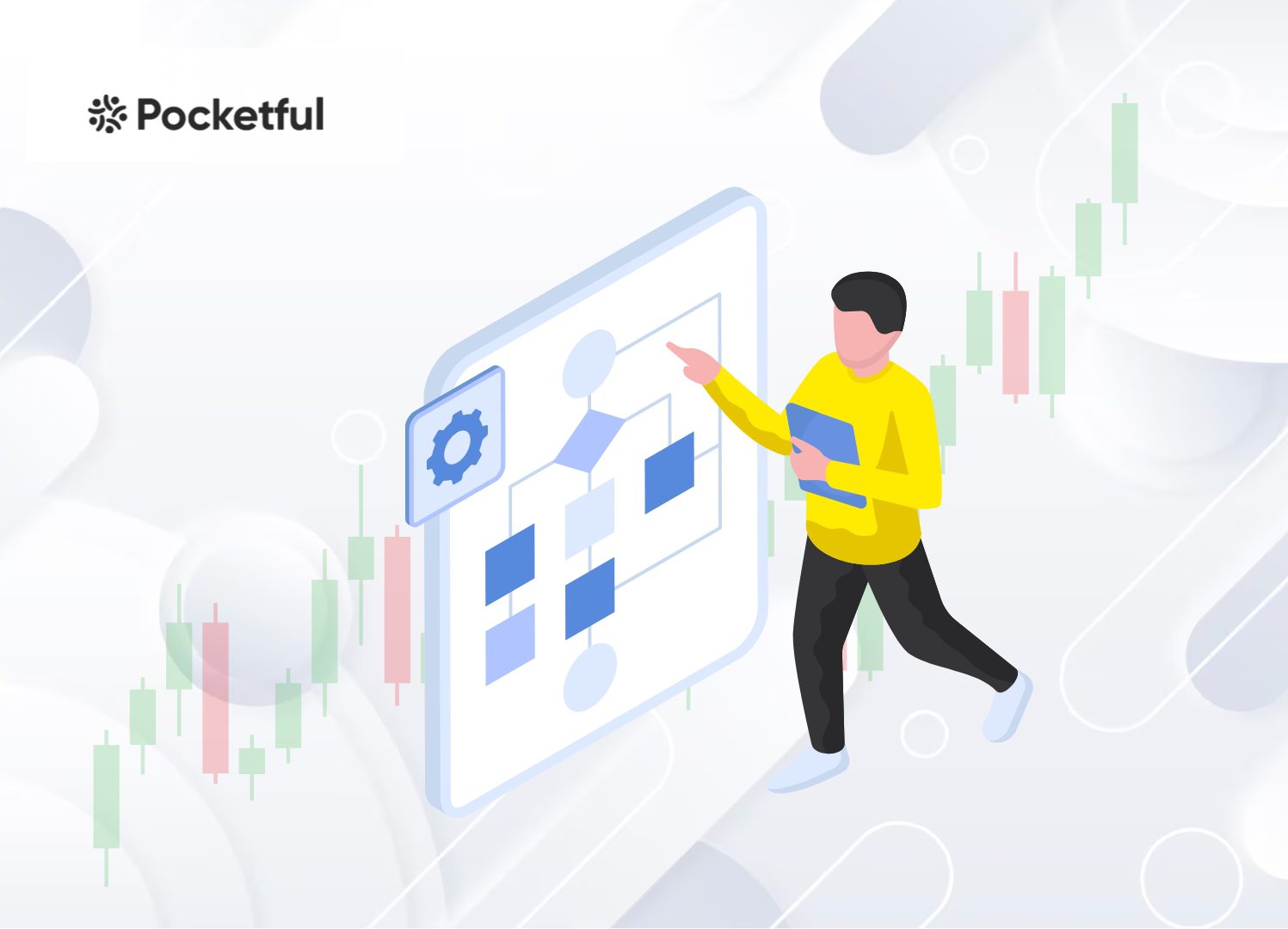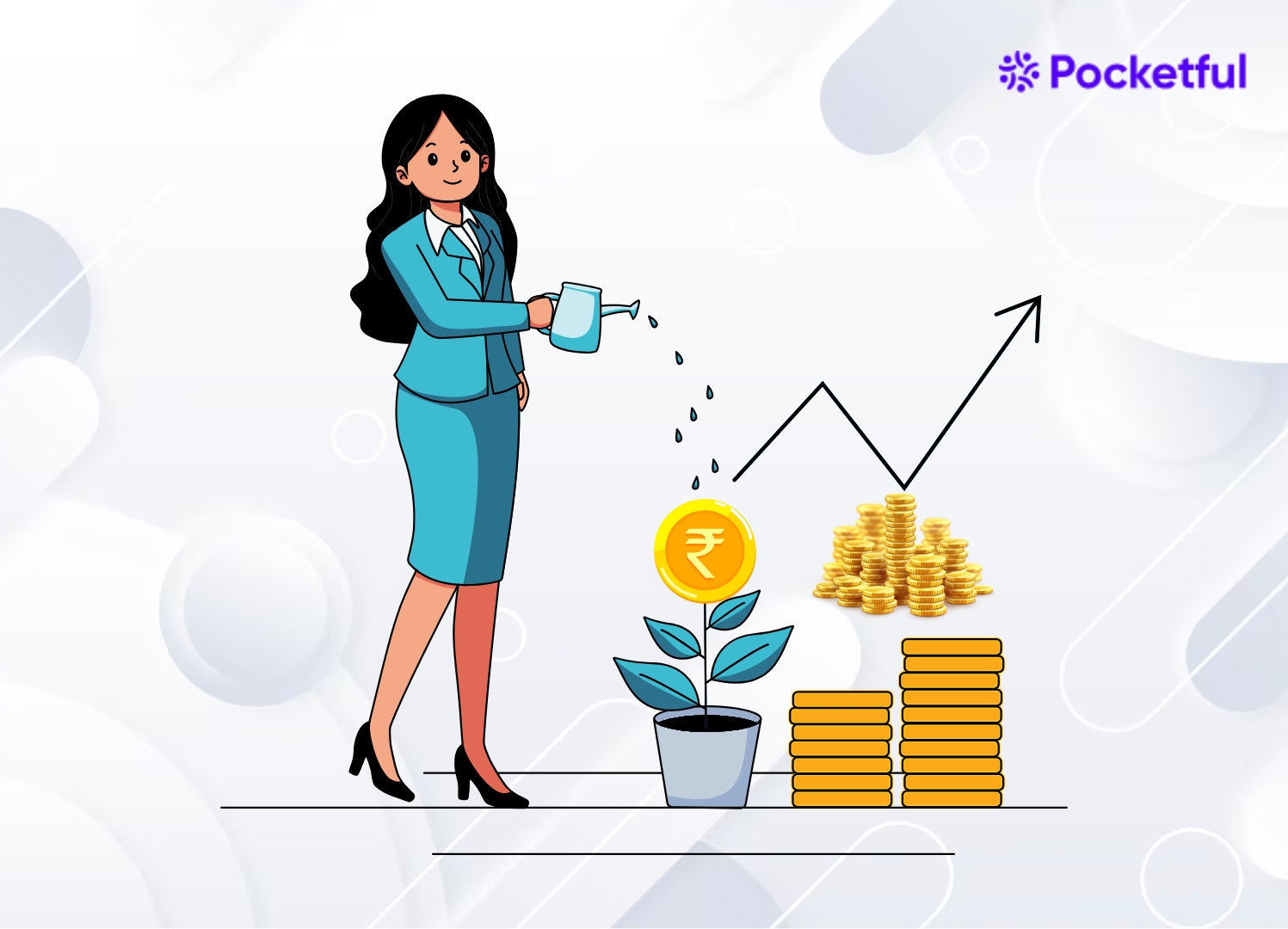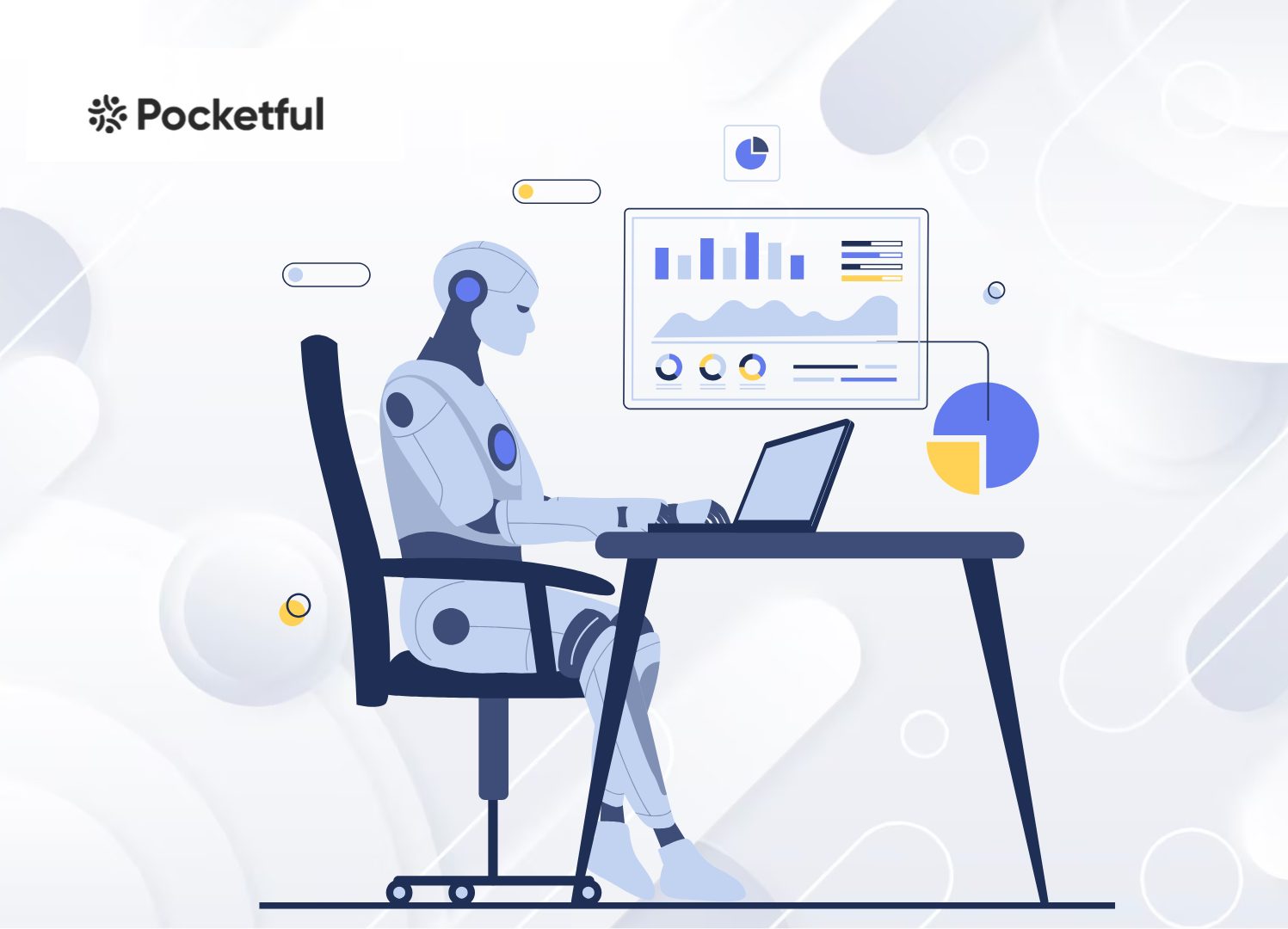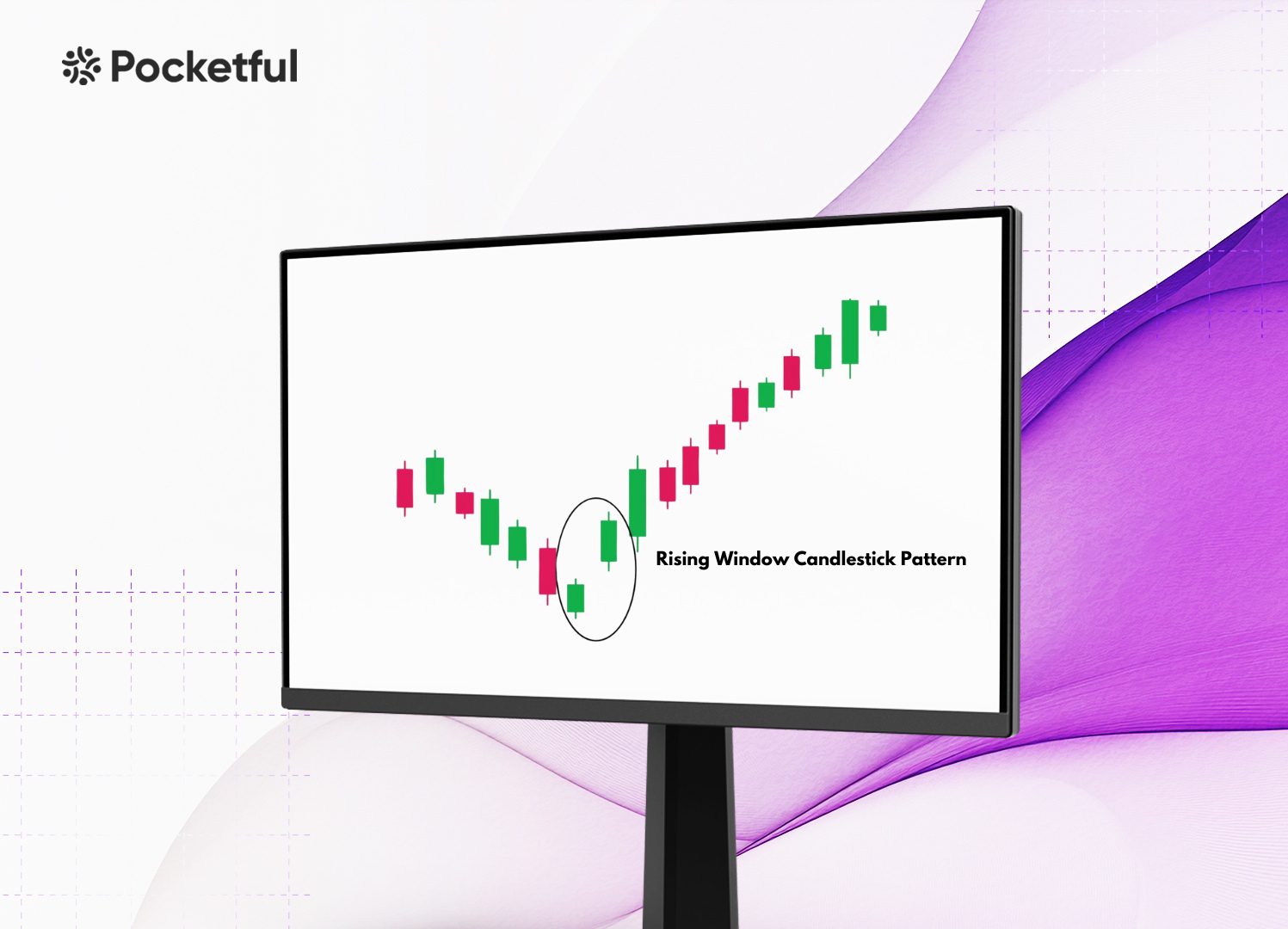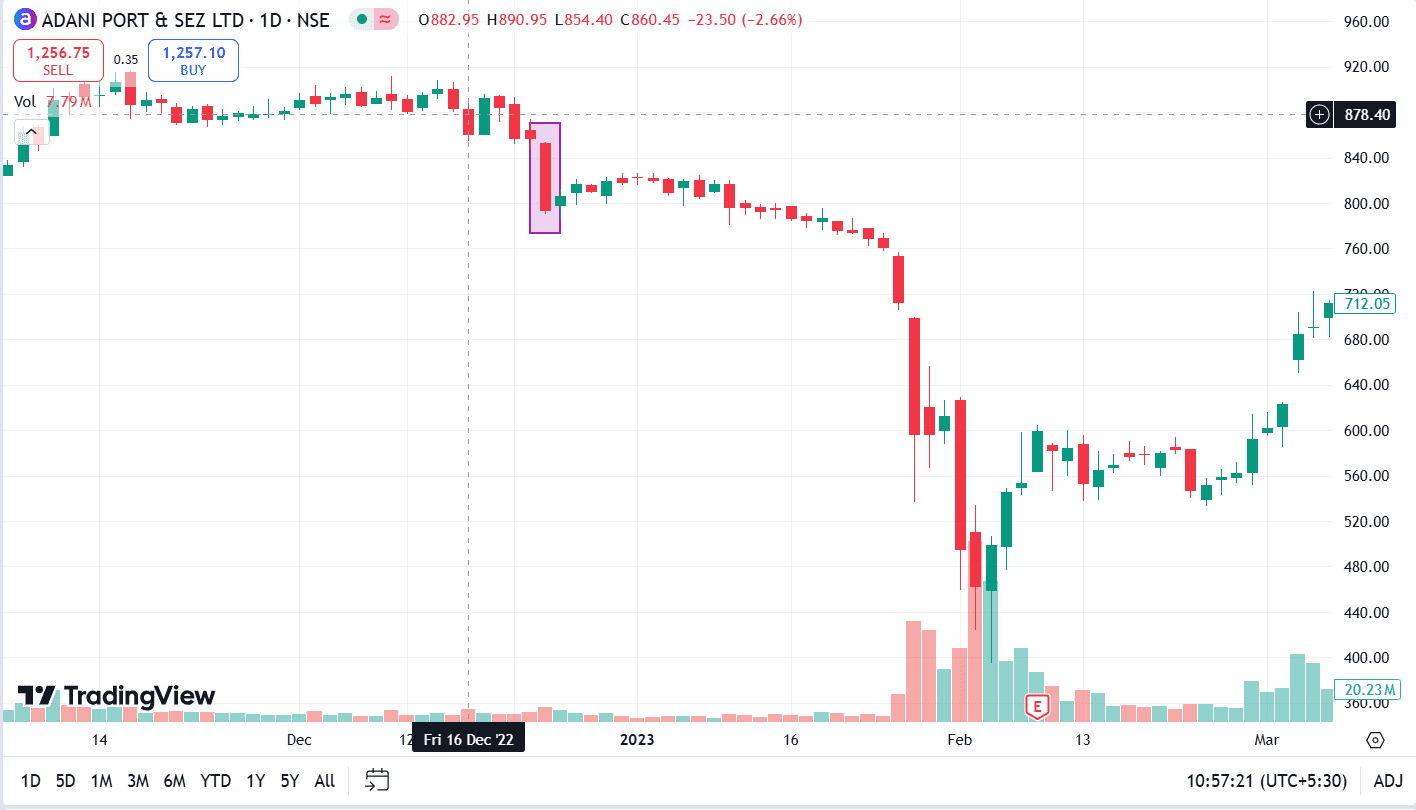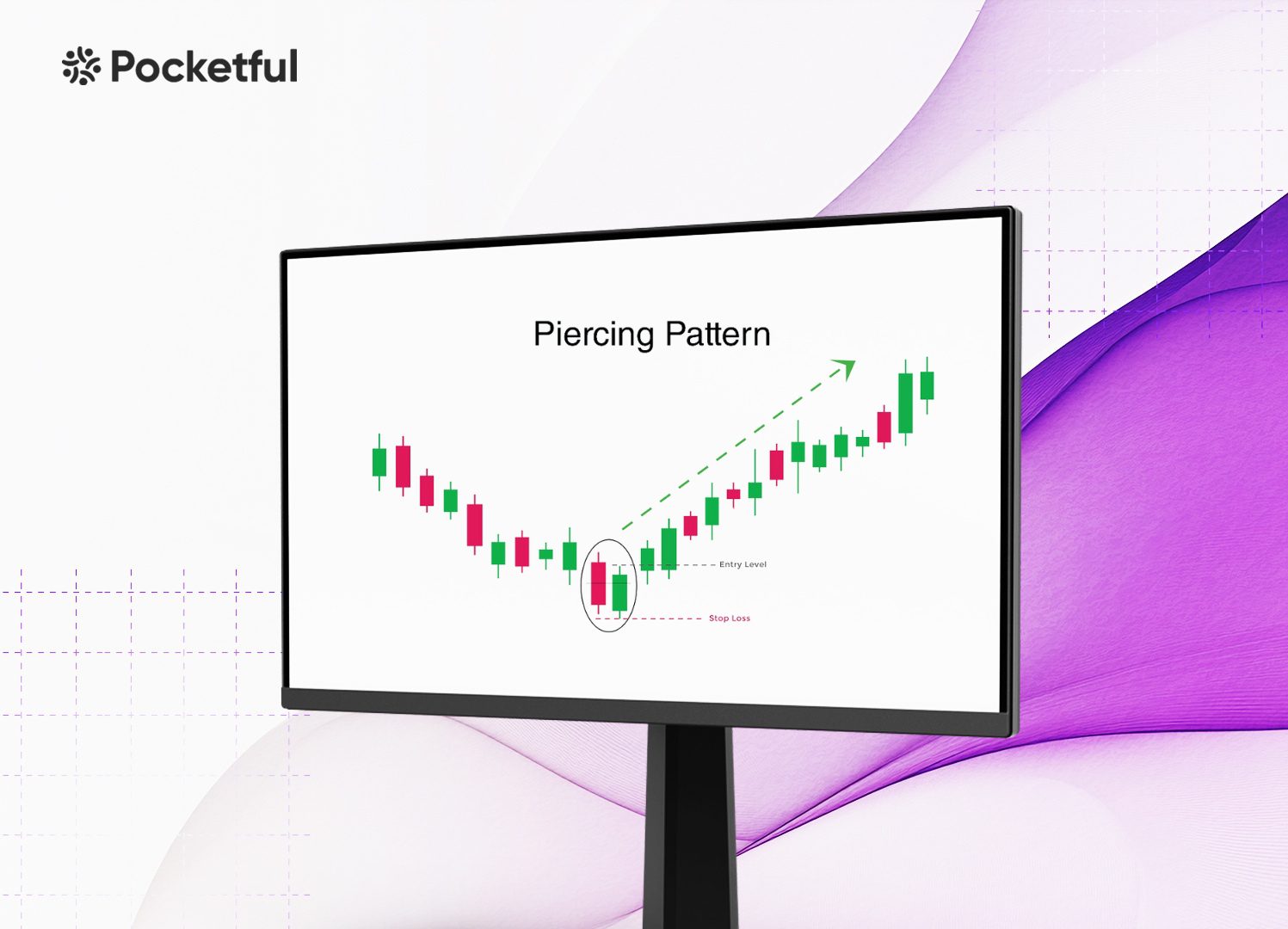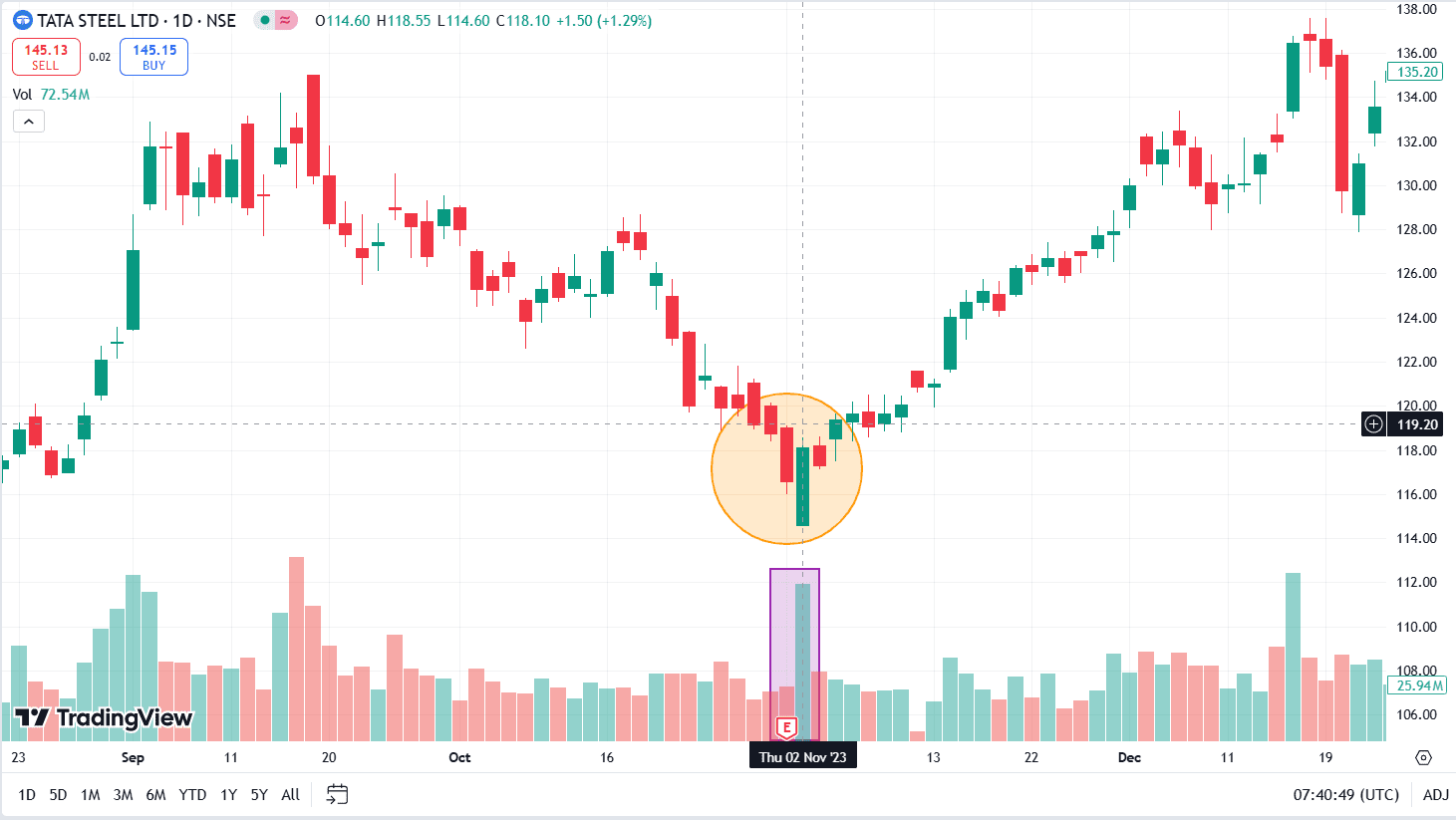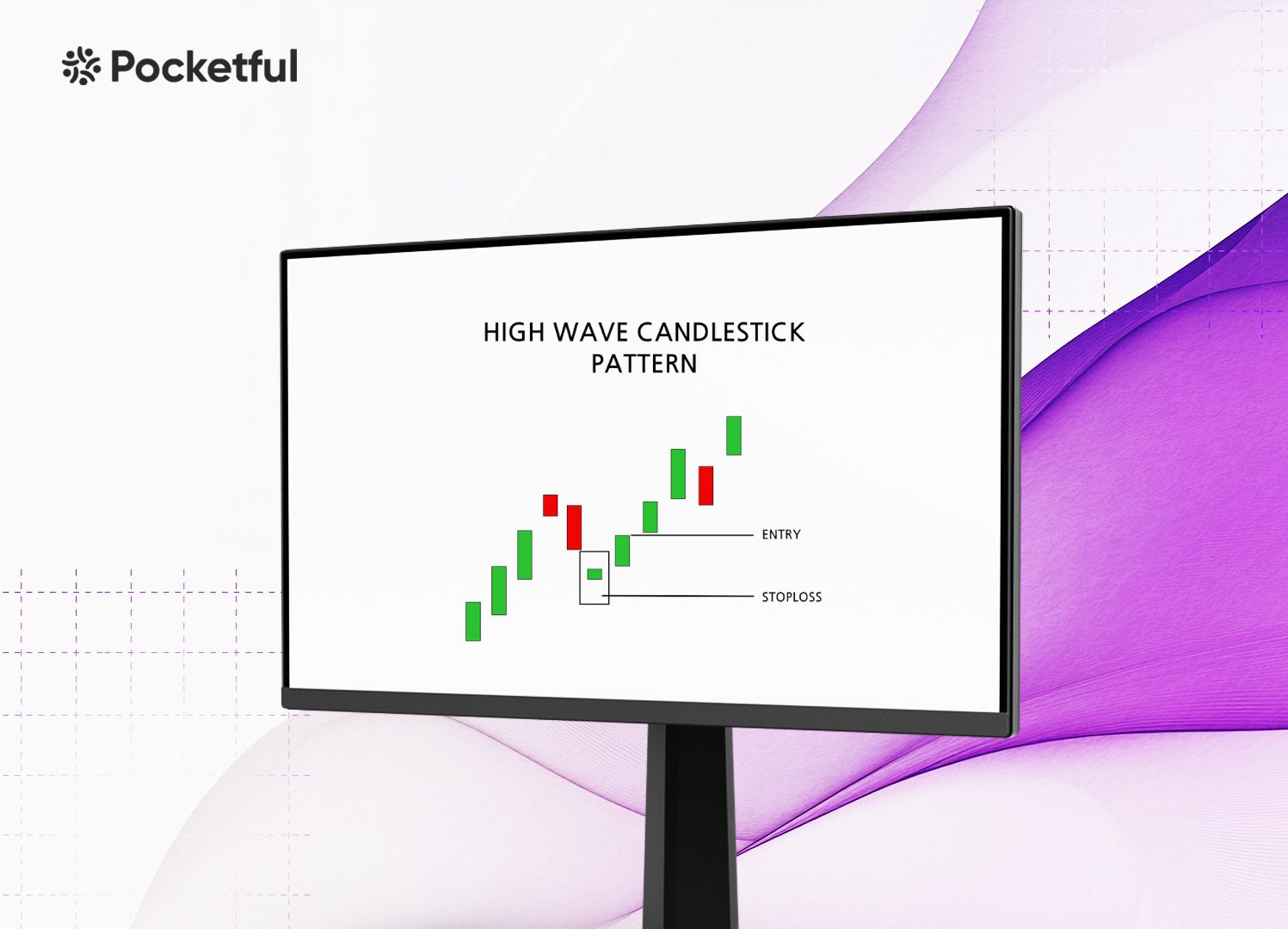Crude oil is considered one of the most important commodities in the world and is also known as “Black Gold”. It is used for fueling vehicles and as a raw material for various products like plastics and petrochemicals. Due to its significance, it is a globally traded commodity, and you can also trade in crude oil futures and options.
In this blog, we will explain how to trade in crude oil, key strategies, associated risks, and the timing of the trading session.
Understanding Crude Oil Trading
The petrol we use is a refined form of an oil known as crude oil, which forms naturally over a long period of time and is composed of hydrocarbon deposits and other organic material. Crude oil is refined to get a variety of energy products such as petrol, diesel, jet fuel, etc. It is a non-renewable source of energy and cannot be replaced once used. Crude oil trading is a process in which traders create long and short positions in the futures and options contracts of crude oil according to the predicted future price movement to earn profit.
How does Crude Oil Trading Work?
The factors affecting the demand and supply of crude oil have a direct impact on crude oil prices, which is why we see such wide fluctuations in its prices. When it comes to taking advantage of trading opportunities, traders must consider the price volatility of crude oil. Therefore, every trader must be aware of the dynamics of the oil market and should have well-defined trading strategies before trading.
A trader expecting a rise in crude oil prices can buy futures contracts, buy a call or sell a put, depending on their trading strategy. Similarly, someone expecting a decline in crude oil prices can sell futures contracts, buy a put or sell a call to take advantage of the bearish trend.
Steps to Start Crude Oil Trading
To start trading in crude oil, one can follow the below-mentioned steps:
- Choosing a Broker: Several brokers offer a facility to trade in commodities such as crude oil. Pick a reliable broker with the lowest brokerage and fastest execution and open a trading account with them.
- Transfer Funds: Transfer funds to the commodity trading account and begin trading in crude oil.
- Study the Market: A trader must conduct a thorough market analysis and develop sound strategies to trade in crude oil.
- Start Trading: Once you develop a profitable trading strategy, you can start trading in crude oil.
Read Also: Best Commodity Trading Platforms in India
Reasons to trade in Crude oil as a commodity
Trading in crude oil is mainly due to two primary reasons, as mentioned below:
1. Hedging
Hedging is a method through which an investor takes a position in one asset to reduce the loss arising from another asset. For example, a business owner uses crude oil as a raw material in manufacturing plastic products. He requires crude oil 2 months from now and is concerned about the expected price rise in crude oil prices. In such a situation, he can create a long position using crude oil futures. If crude oil prices rise 2 months from now, the losses arising from purchasing crude oil barrels at a higher cost are offset by profit in futures contracts.
2. Speculative Trading
It is a process through which an investor buys and sells financial assets with an aim to earn profit from short-term market price changes. Let us understand the trading in crude oil with an example: Mr A is a trader expecting an increase in crude oil prices. He can create a long position in crude oil by depositing a trading margin, i.e. a percentage of the total contract value. If the crude oil prices rise, the long position in futures yields profits.
Read Also: What is Future Trading and How Does It Work?
Key Strategies for Crude Oil Trading
A few strategies one can use to trade in crude oil are mentioned below:
- The first strategy would be following the trend based on technical parameters, such as moving averages, RSI, etc.
- Sometimes, crude oil shows low volatility and consolidates within the range. In such a situation, traders must wait for the breakout on technical charts before taking any trade.
- Price movement in crude oil depends upon various factors such as international news, global events, political instability, etc. Therefore, a trader must closely observe the news based on which the trades can be initiated.
Risks in crude oil trading
There are various risks involved while trading in crude oil, few of such risks are mentioned below:
- Volatility: The prices of crude oil are highly volatile. Rapid changes in prices can lead to significant losses.
- Political Instability: When there is political instability in the world or a country that can significantly influence the supply of crude oil, it can lead to sudden spikes in crude oil prices.
- Supply Demand: The supply of crude oil is managed by the Gulf countries. Hence, any disruption in the supply chain could impact the prices of the crude oil.
- Leverage Risk: Leveraging your position increases the profit potential; however, it will also increase the chances of losses.
Crude Oil Trading Timing
| Commodity | Days of Trading | Morning Session Timing | Evening Session Timing |
|---|---|---|---|
| Crude Oil | Monday to Friday | 9 A.M. to 5 P.M. | 5 P.M. to 11:30 or 11:55 P.M. |
Based on the above table, Indian investors can trade in crude oil derivative contracts from Monday to Friday between 9 A.M. and 11:30/11:55 P.M. The trading session is divided into two distinct sessions: the morning session and the evening session.
Read Also: What are the Timing for Commodity Market Trading?
Conclusion
Finally, it should be noted that crude oil is a crucial commodity around the world and is one of the preferred commodities to trade in due to high liquidity. Anyone can start trading in crude oil by simply opening a commodity trading account online with Pocketful. On the other hand, trading in crude oil carries some risk; therefore, it is best to speak with your investment advisor before making any trading decisions.
| S.NO. | Check Out These Interesting Posts You Might Enjoy! |
|---|---|
| 1 | How to Trade in the Commodity Market? |
| 2 | What is Commodity Market in India? |
| 3 | Stock Market vs Commodity Market |
| 4 | Understanding Commodity Market Analysis |
| 5 | Silver Futures Trading – Meaning, Benefits and Risks |
Frequently Asked Questions (FAQs)
What is Crude Oil Trading?
Crude oil trading refers to the buying and selling of crude oil derivative contracts to earn profit.
Can retail investors trade in crude oil?
Yes, a retail investor can trade in crude oil. You can open a trading account with Pocketful to start trading in crude oil.
Can I trade in crude oil using the Pocketful app?
Yes, you can trade in crude oil using the Pocketful mobile app.
What is the crude oil trading time in India?
In India, you can trade in crude oil from Monday to Friday between 9:00 A.M. to 11:30/11:55 P.M.
How many types of crude oil contracts are traded in India?
In India, two types of crude oil contracts are traded: Crude Oil, which has a lot size of 100 barrels, and Crude Oil Mini, which has a lot size of 10 barrels.

